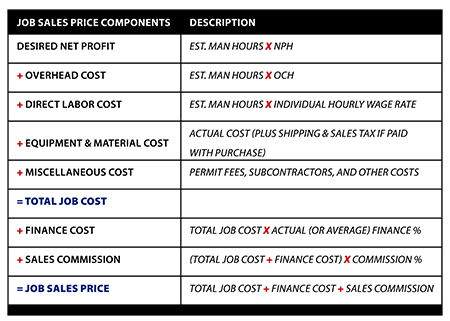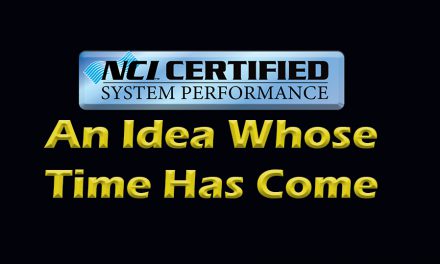Education Is the Key
The key component in the high-performance approach is your educated people. Without investing in employee education, you’re just like the rest of the industry. In a “revolving door” world where employees come and go, many people fear investing in education. Many contractors ask, “what if I train them and they leave?” My question to them is, “what if you don’t train them and they stay?”
When my Dad’s business got serious about training our people, our employee door quit revolving. We enjoyed better loyalty and our team was more cohesive because everyone was empowered and equipped with the tools and training needed to be successful in the role for which they were being paid.
In addition, we got multiple employment applications from good people who wanted to work for a company that genuinely cared about their personal development. It was a big win for all involved, especially our customers. Well-educated team members are not a commodity.
Customized Products Need Customized Pricing Tools
So how do you pay for all this? The answer is simple: the customer pays for everything. If the customer doesn’t pay for everything, who does? You and your team do, that’s who.
I love my customers but I’m not sure I love them enough to pay for their stuff, too … are you?
What if you could price all your jobs in a way that honored the importance of your well-equipped and educated people?
What if all the other direct costs were just passed on to the customer at your cost with NO markup?
Blasphemy, you say? How can that be? Read on my friends …
Developing a plan to cover all your costs and earn a reasonable net profit requires two very important and magical numbers:
Overhead Cost per Billable Man Hour (OCH) and Net Profit per Billable Man Hour (NPH).

Calculating OCH and NPH
Determining your magic numbers is amazingly simple:
- Determine Billable Man Hours. The key word here is “billable.” Make sure you subtract vacation, holiday, sick time, training, meeting, and other non- billable hours from your total available work hours in a typical year.
- Determine Overhead Cost. From an accurate Profit & Loss statement covering your last 12 months, this number is typically listed as something like “Total Operating Expense” and includes all costs required to keep the doors open (rent, utilities, insurance, vehicles, equipment, etc.)
- Determine Net Profit. From that same Profit & Loss statement, look at the bottom for the Net Profit dollars you earned during the 12-month period. If you are happy with the number, use it. If you are not happy with the result, increase it to what makes you happier!
- Calculate your magic numbers. This is the easy part!
OCH = Overhead Cost divided by Billable Man Hours
NPH = Net Profit divided by Billable Man Hours.
Click Below for the Next Page













Recent Comments